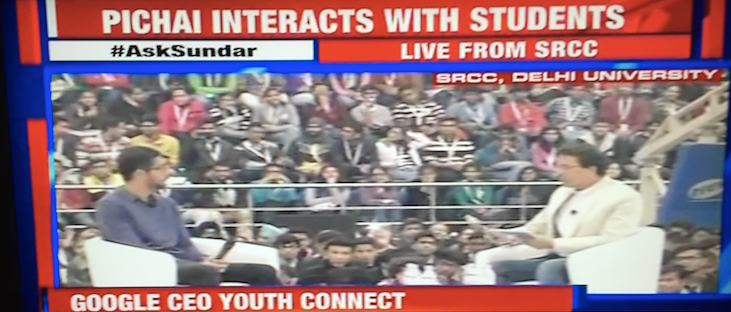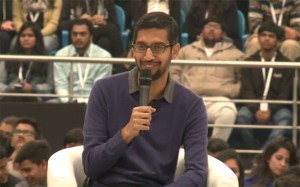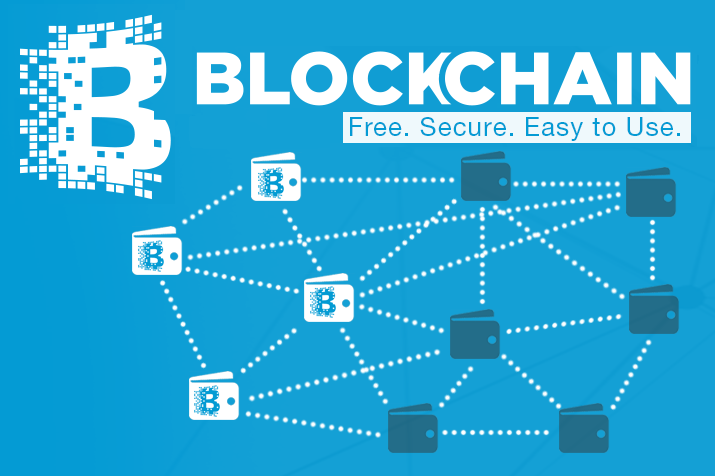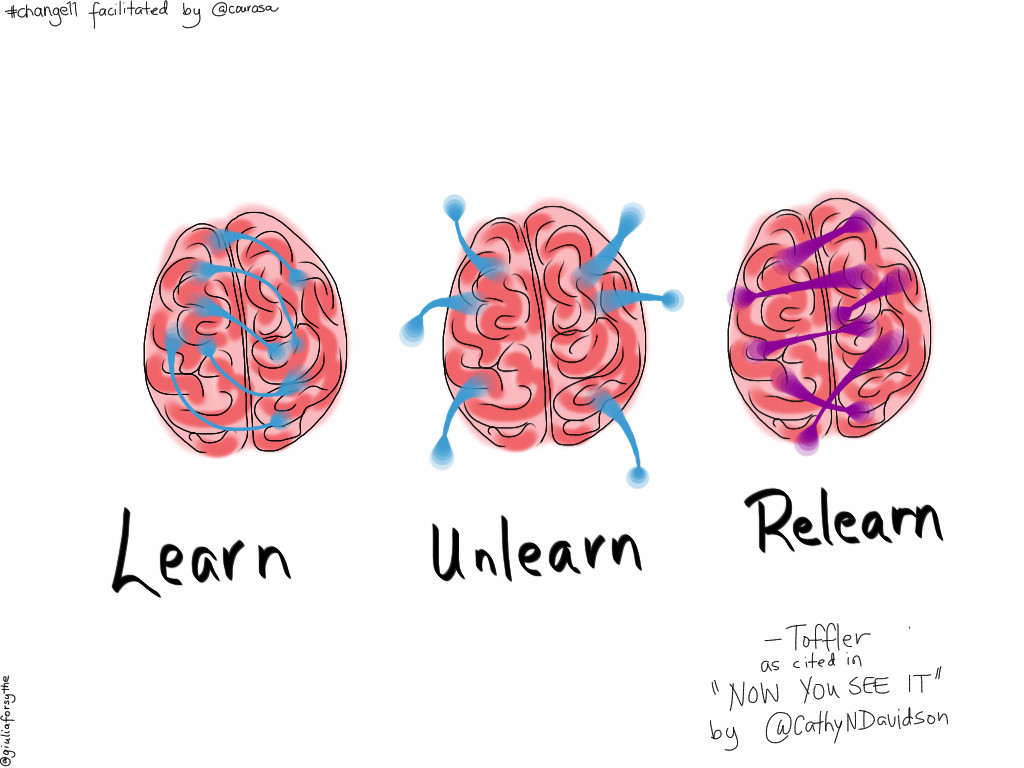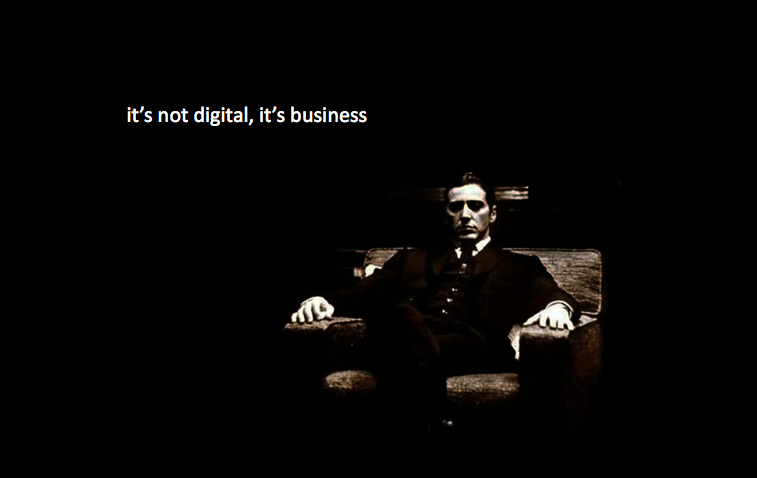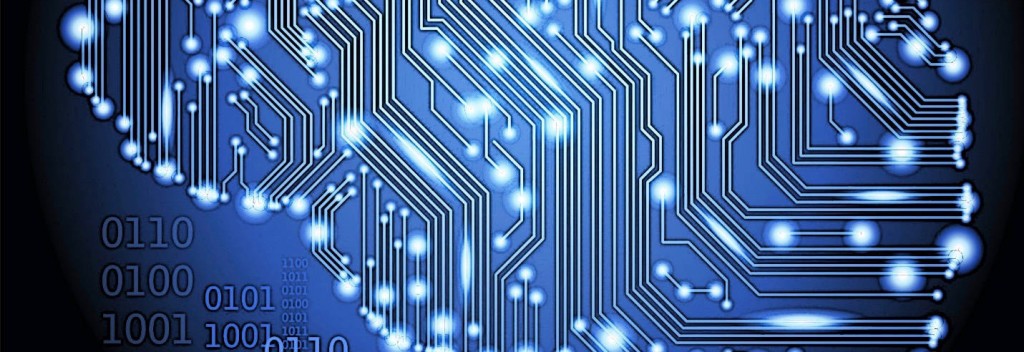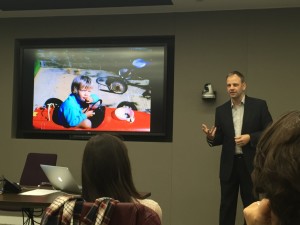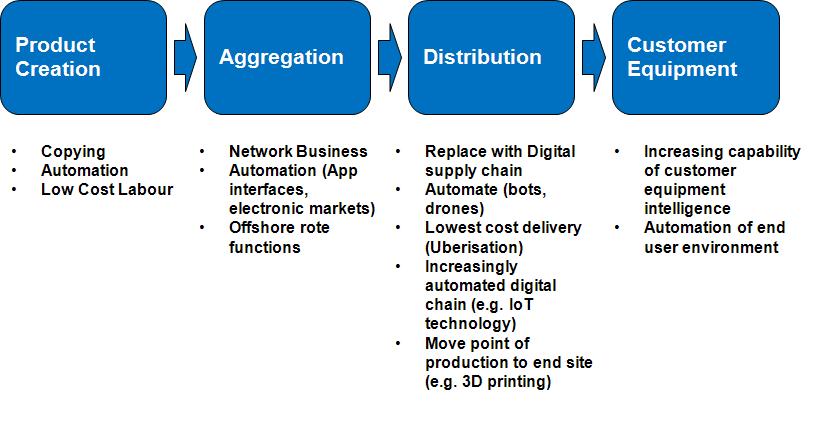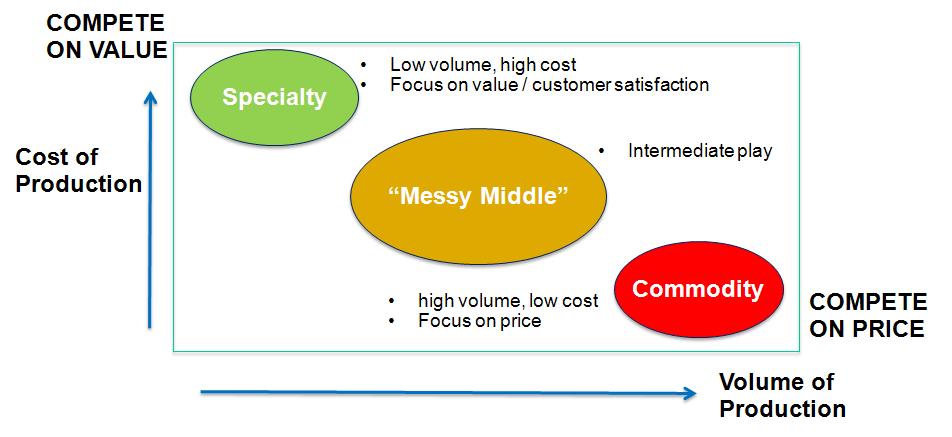Last week part of a guest lecture I gave to students doing a Masters in digital marketing and social media at INSEEC’s London campus, I sampled Benedict Evans‘ great content around Mobile is Eating the World. Going through the material, and sending the students a link to a video version of one of his presentations on Vimeo reminded me of how crucial some of the data points are, and how so many people aren’t fully getting the significance of the shift happening right now! You know, the wood for the trees and such. Then a few other things conspired to connect in my synapses and reinforce the mobile story like this…
Firstly, in January it was 9 years since Steve Jobs announced the first iPhone which completely revamped, arguably created, what we now know as the smartphone market. There were clever phones and geeky devices from Nokia, Palm, Treo, HP, Sony Ericsson and others before iPhone that did email, web browsing, diaries, note taking and more, but Apple disrupted those with a completely new level of ease of use and “there’s an app for that!”. Actually, it’s not even been 9 years. We tend to forget how slow iPhone (and then Android) took hold. For example, in 2010 here in the UK the best selling smartphone in a crowded market was the Blackberry, both for business and consumers. Teenagers loved it because of Blackberry Messenger using their data plan instead of the cost of sending text/SMS messages, and for the physical keyboard. Blackberry had over a third of the UK smartphone market at that point, and if you separate out the pay as you go segment (those younger consumers), it was more than 50% at a point in time, and that’s only 6 years ago. Things move fast in today’s disruptive business landscape. Android came along, then the iPad arrived in 2010 and Mobile started eating the World.
Just a few days ago Shel Israel and Robert Scoble announced they have started their 3rd book together called Beyond Mobile. In their explanation they highlight that smartphones are unquestionably the most ubiquitous digital device on Earth and look to the future. They suggest technology is going beyond the smartphone, getting closer to us people, and maybe even gaining holographic projection – very Star Wars and “help me Obi Wan Kenobi”.
Well, if you haven’t reviewed Benedict Evans material, I urge you to invest the time and watch the video version below to hear his own explanation of the slides, and grab the latest version from Slideshare. He covers important data points such as:
- By 2020 80% of the adults on Earth will have a smartphone
- There will be more mobile users in Sub Saharan Africa than have electricity
- The iPhone average price is higher than the average PC price, but that the $35 entry price for Android is driving the reach of that Third World market
- That the smartphone industry dwarfs PCs with 4Bn people buying smartphones every 2 years rather than 1.6Bn buying PCs every 5 years
- That mobile and smartphones dwarfs the electronics market for TVs, cameras and game consoles too
- The shift in computing platform dominance from Microsoft towards Apple and Google
He talks of the profitability of Apple’s high end slice of the market set against the units sold for Android for the mid to low priced segments, about ecosystems and Facebook and plenty more, so go listen here:
I regularly contrast the January 2014 acquisition of WhatsApp for $19Bn with Microsoft swallowing Nokia the same month for $7.2Bn. Here’s another data point from last year that’s on Ben’s slides. Globally there are 20Bn SMS messages sent by all phones, all carriers in a day. WhatsApp sends 30Bn messages a day (supported by just 40 engineers). What! Well, that tells me if you haven’t put WhatsApp on your radar for business communication, you better start considering it in the near future.
And lastly, I’ve been listening to the news around Apple’s latest results, the negativity of the headlines and the way it is being reported. Tim Cook forecast that revenue for the next quarter would be between $50bn and $53bn, below the $58bn it reported for the same period a year ago. This will be the first time since that 2009 iPhone announcement that revenue might go down, but the actual results reported were Apple’s best quarter for revenue and profit ever! If you look at their other products, the fact that their Mac sales are bucking the trend so they are the only PC manufacturer with sales going up, their further retail expansion in China, opening retail stores in India, looking at the way the strong dollar affects them overseas, and then their cash reserves – I find it difficult to understand the share price going down. The markets regularly confuse me. The reporters and analysts ask what Apple’s next big thing or wonder device will be. Their R&D must be looking at all sorts of things only they can imagine, but all of the above highlights that mobile is such a big piece of the technology pie, and they own the high ground. I’m not expecting some new device category, but I am expecting good incremental improvements in existing products that will still excite the market. Putting the car to one side, Apple have a huge opportunity for more revenue from their app ecosystem, and the whole area of social technology connected to their devices and ecosystem which they’ve never understood properly or had any success with. There must be some sensible acquisitions on the horizon to start making a dent in that.
But the bottom line is that Mobile really is Eating the world, and pulling a whole load more software opportunities, compute and storage infrastructure requirements, LCD displays, technology opportunities, and new business model possibilities with it.


